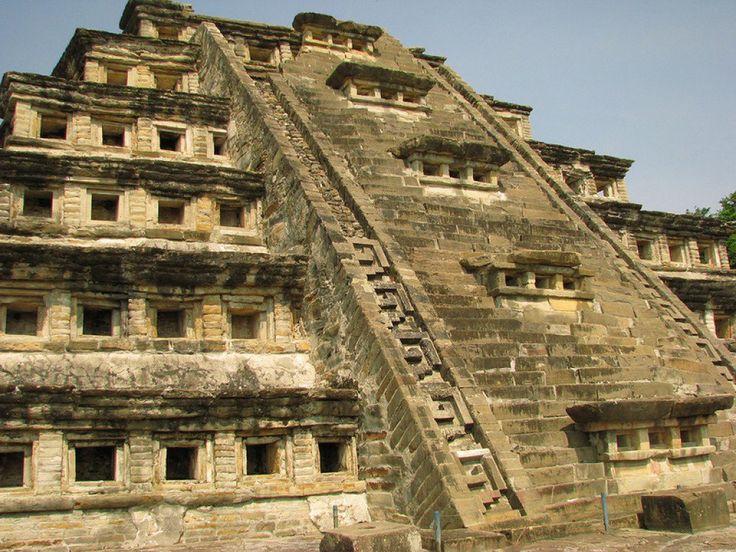The United States, a nation characterized by its multicultural tapestry, is home to an array of archaeological sites that elucidate the rich histories and intricate cultures of its Indigenous populations and subsequent settlers. Through the prism of cultural relativism, it becomes evident that understanding these sites demands more than a mere cataloguing of artifacts. Instead, it requires a nuanced approach that venerates the diverse cultural narratives inherent to each location. The ensuing discourse delves into some of the most remarkable archaeological sites in the USA, revealing the significance these places hold—not just in historical contexts, but within contemporary frameworks of identity, culture, and conservation.
One of the most iconic archaeological sites in the United States is Chaco Culture National Historical Park in New Mexico. Between the 9th and 12th centuries, Chaco Canyon served as a nexus for the Ancestral Puebloans, who constructed a complex of monumental buildings, extensive road networks, and sophisticated architectural designs. The societal structure reflected a rich tapestry of socio-political and economic systems, underscoring a collaborative spirit amidst the harsh desert environment. Through a cultural relativism lens, this site symbolizes a remarkable achievement in communal organization, resource management, and ritualistic practices, promoting an appreciation for the ingenuity of Indigenous engineering in harmony with the surrounding landscape.
Moving from the arid Southwest to the verdant East Coast, we encounter Cahokia Mounds in Illinois, a site that challenges conventional perceptions of pre-Columbian America. Once a flourishing urban center, Cahokia thrived around 600 AD and was home to a complex society that constructed massive earthen mounds, including Monk’s Mound, the largest prehistoric earthen structure in the Americas. Cultural relativism encourages recognition of Cahokia as a sophisticated civilization that engaged in extensive trade networks, hierarchical social structures, and astronomical observations to align agricultural practices with celestial events. The remnants of this site provoke inquiries into the sustainability of urban life and the impact of environmental factors on cultural development.
In the heart of Arizona lies the breathtaking Monument Valley, recognized not just for its stunning vistas but also for its historical significance to the Navajo Nation. The landscape is rich with rock formations that have been sacred to the Navajo and other Indigenous peoples for generations. From a cultural relativism standpoint, understanding Monument Valley necessitates an acknowledgment of Indigenous spirituality, connection to the land, and the intricate narratives that blend natural and cultural history. The valley’s portrayal in popular media often overshadows its significance as a living cultural landscape, calling for a critical examination of representation and ownership in the context of cultural heritage.
Further west, the ruins of Mesa Verde National Park in Colorado serve as a poignant reminder of the Ancestral Puebloans’ adaptability. The site hosts cliff dwellings that speak to the ingenuity of a culture that thrived in the challenging terrain of the Colorado Plateau. As one navigates through the complex of stone structures, one may ponder the societal resilience in the face of climatic adversity and the implications of sustainable practices in an age of ecological uncertainty. Cultural relativism invites an exploration of how these ancient peoples interacted with their environment, prompting reflections on contemporary environmental ethics and the symbiotic relationship between culture and nature.
Another noteworthy site is the significance of the Amache Japanese American Internment Camp in Colorado. While this site may not represent the grandeur of ancient civilizations, it captures a critical moment in American history when the complexities of identity, nationality, and ethnicity profoundly shaped societal values. The archaeological remnants of Amache, preserved with the intention of educating future generations, serve as a haunting testament to the atrocities committed against Japanese Americans during World War II. A cultural relativism perspective necessitates an exploration of the ramifications of prejudice, the struggle for civil rights, and the importance of memory in shaping national heritage. This site promotes an awareness of the continuing impact of historical injustices on contemporary discourse about identity and belonging.
In conclusion, the archaeological sites across the United States offer a plethora of insights that extend far beyond historical curiosity. They embody the narratives of diverse cultures and provide valuable lessons on resilience, adaptation, and the intricate relationships between people and their environments. By adopting a perspective rooted in cultural relativism, one is compelled to delve into the complexities of these sites, allowing for a greater understanding of the multifaceted nature of human civilization. As contemporary discussions about cultural identity, environmental sustainability, and social justice persist, these archaeological remnants stand as crucial reminders of the paths we have traversed and the lessons that continue to emerge from our collective past. Embracing the stories encapsulated within these sites not only enriches our appreciation of history but also piques curiosity about how we might inform our future through the lens of cultural understanding.
